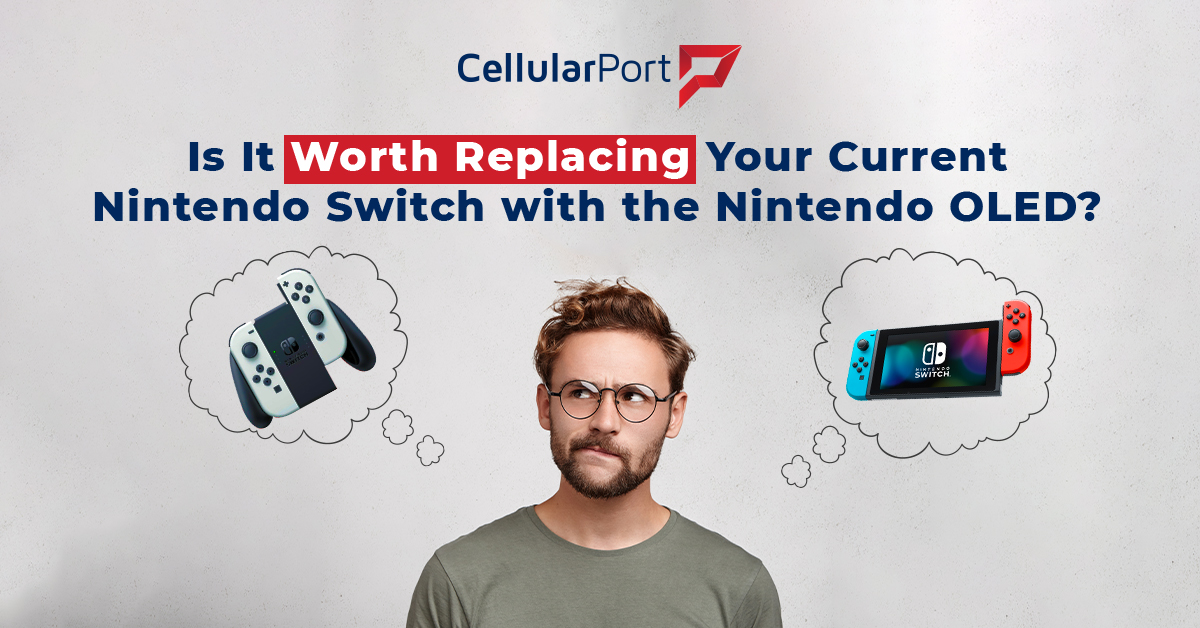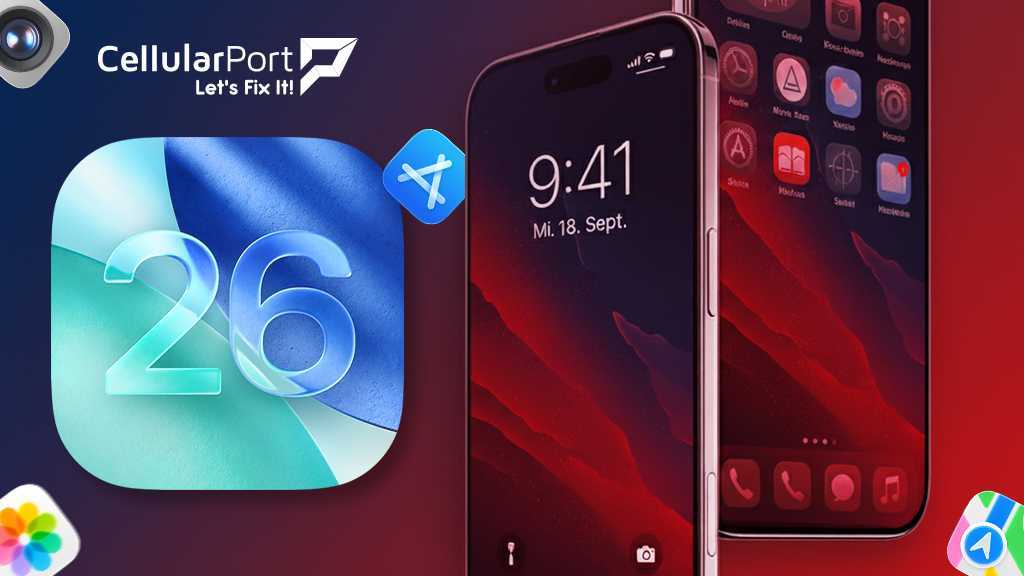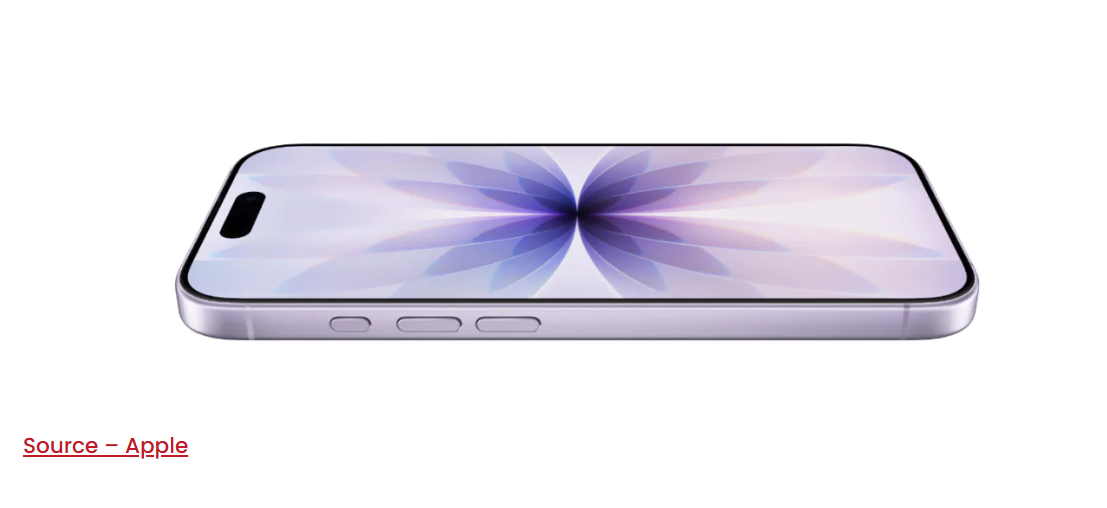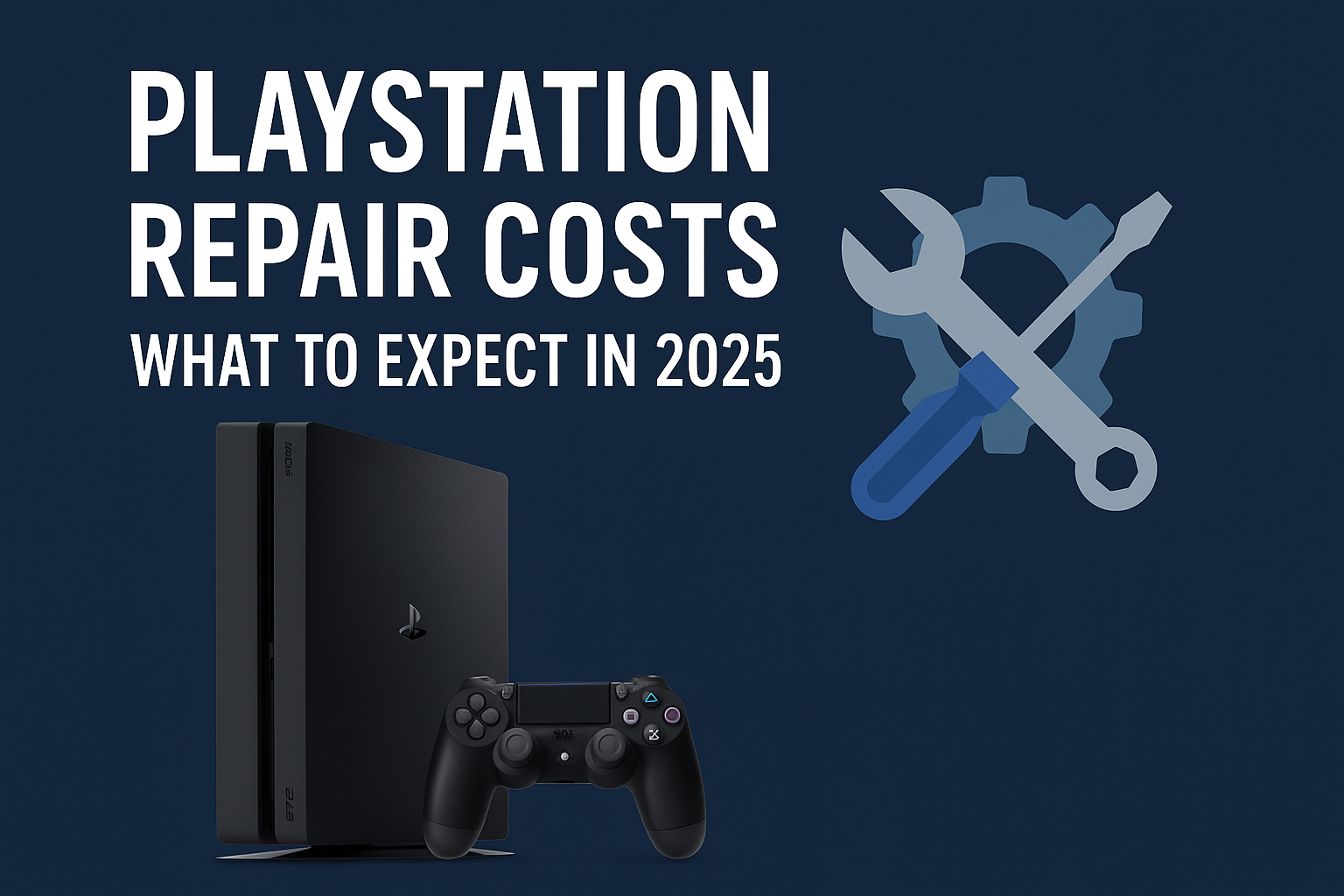Are you considering a vibrant new Nintendo OLED or a tried and tested one like the original Nintendo Switch considering it runs all the same games as the standard version with the same performance levels?
As the older version is still readily available, it makes it hard to choose between the two ones. In late 2021, Nintendo added a new Switch model to its lineup – one with a larger display and a few tweaks over its existing console.

But what exactly is unique between the Nintendo Switch OLED and the standard Nintendo Switch?
If you’re new to the Nintendo Switch world, it will be difficult for you to decide which is the best one between the two Switch siblings.
To resolve all your confusion, we’ll break down the specs and compare each model head-to-head.
Comparison of Specs
The Nintendo Switch OLED comes up with several new features – the most prominent one is a larger screen that brings a transformative change in visual display, but largely they are the same as the standard Switch with minor differences like running all the same games with the same performance levels. This also includes the battery level, which is the same capacity for each model.

Both consoles also come with the same processor – a custom version of the Nvidia Tegra X1 – plus 4GB of RAM. Each console shares similar screen resolutions, with a 720p resolution in handheld and a 1080p resolution when plugged into a TV mode.
What Does That All Mean?
It means that Nintendo Switch OLED runs all the same games as the standard Nintendo Switch, and accessories are more or less of the same size and therefore able to be used across both models.

Both consoles come with a dock, a Joy-Con grip, and two Joy-Con controllers for them to be played in a more traditional gamepad mode.
Nintendo OLED VS Nintendo Switch: What’s the Difference?
If there are so many similarities between an upgraded and older Switch version, then what’s the difference? Indeed, there are a few key differences between the Nintendo Switch and the Nintendo OLED that can be noticed pretty easily if compared directly.
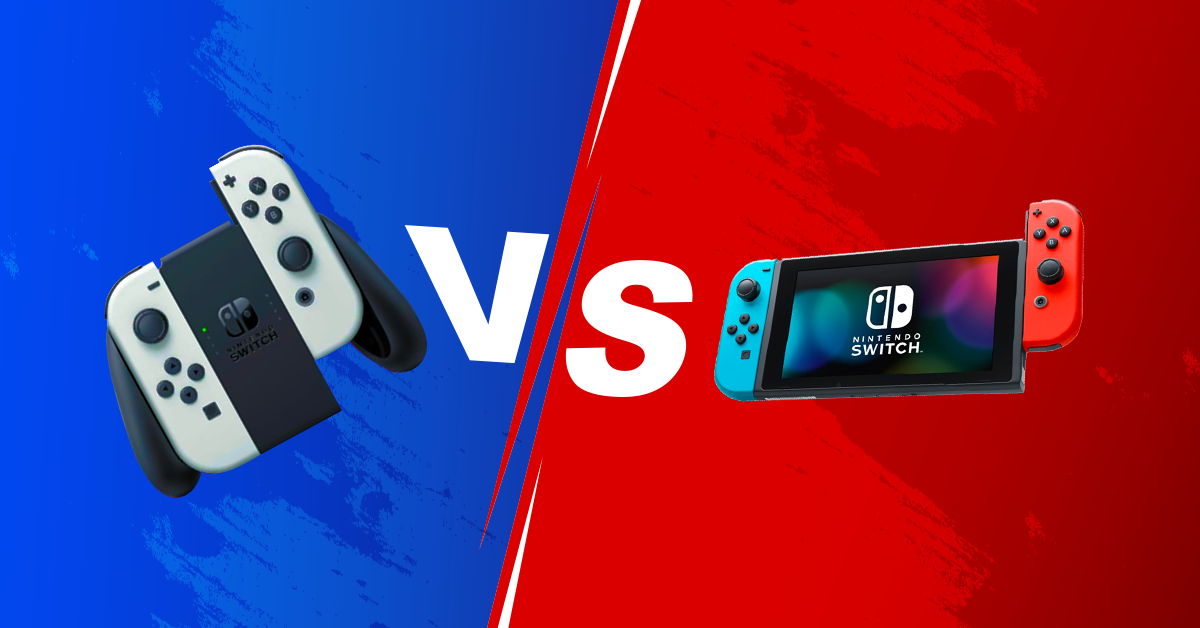
So, let’s compare them right!
Size and Weight
Regarding its size and weight, there is a minor difference between them, even though the Switch OLED now comes up with a larger screen size. It’s the Nintendo OLED with the squeezed bezel that lets you enjoy your favorite games with clear visuals on a bigger screen while maintaining the same overall console height.
The Nintendo Switch OLED is slightly longer and a little heavier, but you won’t be able to see the difference which is why the Joy-Cons are compatible with two Nintendo counterparts.
Display
Noticeably, the display is the most prominent or notable difference between the models.
As its name “Nintendo Switch OLED” suggests, it sports an OLED panel, which offers better color accuracy, higher contrast, and overall enhanced visual performance. It also has a wider viewing angle in comparison to the standard Switch which used an LCD panel in it.
The OLED panel boasts about its soothing & bright white display expressing a “cleaner” looking image. Also, OLED pixels are self-illuminating and the Nintendo OLED comes with a 7-inch large screen without increasing the size of the console itself while the standard Switch possesses a 6.2-inch large screen.
Built-in Kickstand
The regular Nintendo Switch features a small kickstand about 10mm wide, not good at supporting the back of the console in desktop mode.
While the Switch OLED has a considerably stronger and wider kickstand which allows it to cover the whole back of the console and can be adjusted to different angles, making it ideal to play in desktop mode.
Not to forget, both consoles also have the MicroSD card space hidden behind the built-in kickstand.
Color Options
Both consoles feature the classic ‘Neon’ version where one Joy-Con is blue, and the other is red. But the Switch OLED is also available in a prominent white color, which looks nice and clean with a white dock and usually black plastic.
Storage
The Nintendo OLED comes with double the storage of the standard Nintendo Switch and lets you install twice as many games in 64GB storage. However, 64GB sometimes is insufficient, and you may want to buy an additional microSD card anyway.
Charging Dock
Both consoles come with a charging dock and two USB 2.1 ports on their side that allow them to connect to a TV with an HDMI output.
The Nintendo OLED comes with wired internet connectivity, in the form of a LAN port along with a Wi-Fi option, while you can connect the standard Switch via Wi-Fi only. When docked in TV mode, both consoles give a screen resolution of 1080p with up to 5.1 PCM audio.
Furthermore, the dock for the Switch OLED is also available for separate purchases and is compatible with the standard Switch as well.
Audio
The later Nintendo Switch OLED comes up with comparatively better sound quality than its earlier counterpart i.e., Nintendo Switch. There are some changes made to the OLED speakers that allow them to deliver louder and more immersive sound. Otherwise, both Switch consoles are compatible to work with Bluetooth or wired headphones.
Conclusion
If you already have a Switch, it’s not necessary to upgrade to the OLED version, especially if you are used to playing mostly on the TV where you’ll notice almost no differences.
However, if you’re a new buyer and don’t have a Switch yet, we strongly believe that the OLED model is the best investment you can make. As we have used both versions extensively, the OLED is undoubtedly the top pick. Although it costs a bit more, it’s worth the money spent because the screen is by far large and helps present clear visuals. But if you don’t have the extra cash, the original Switch is still great to spend time with.
